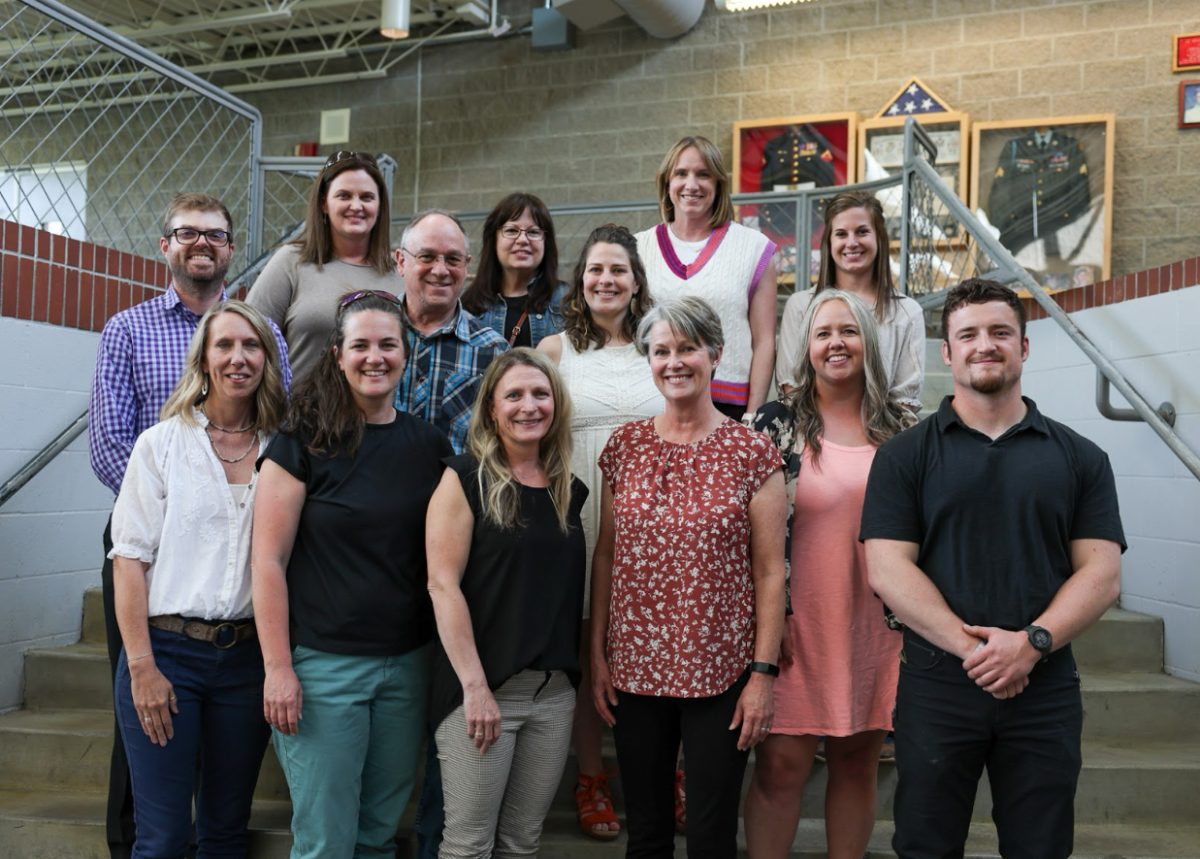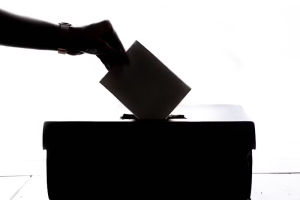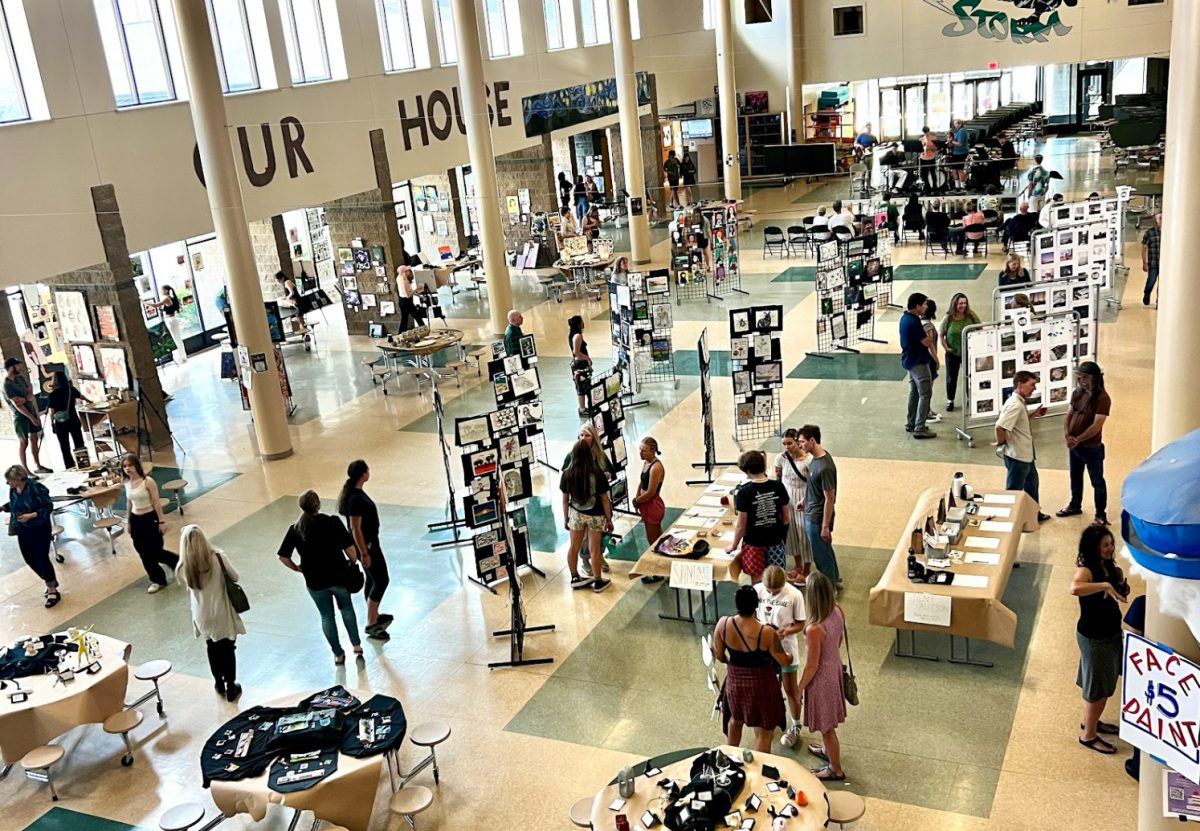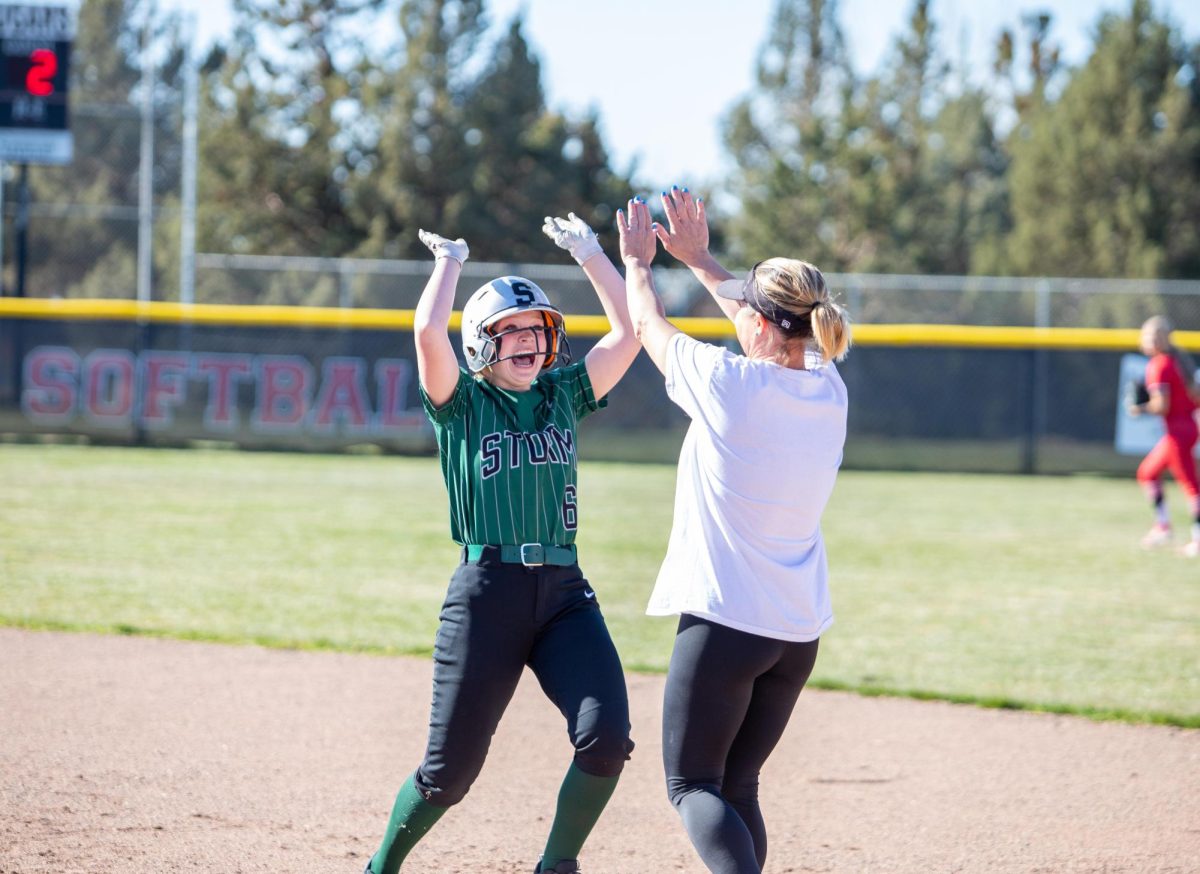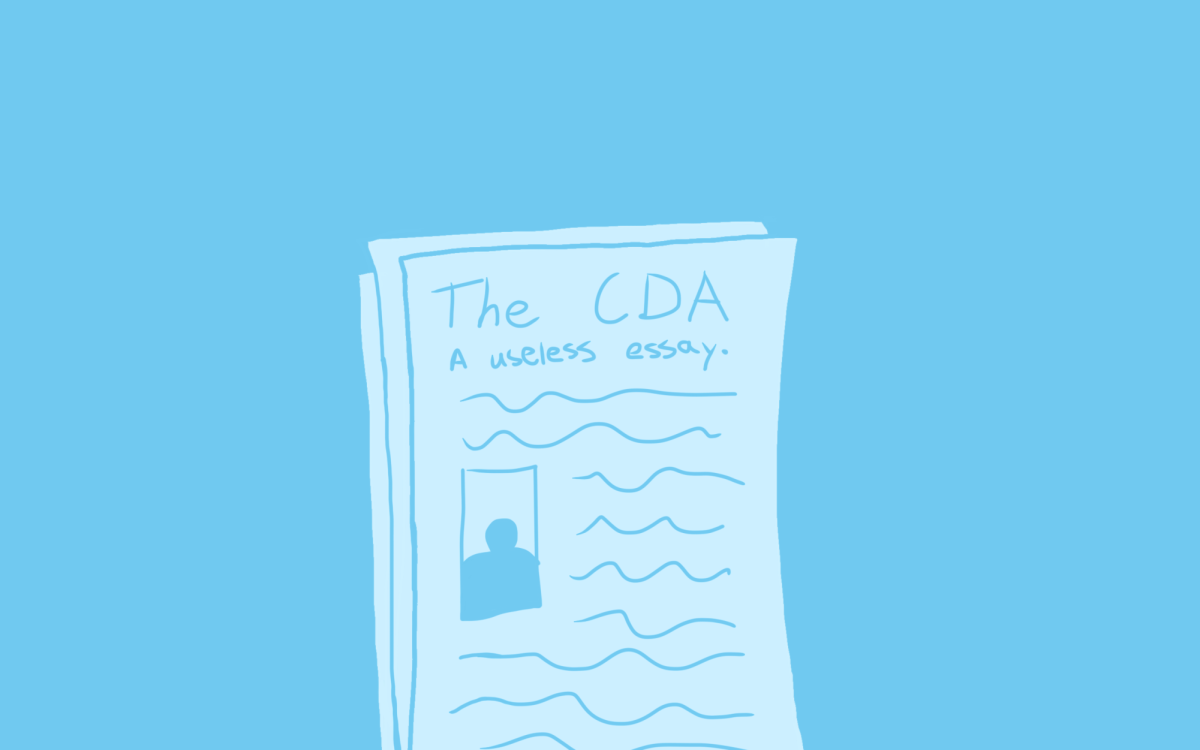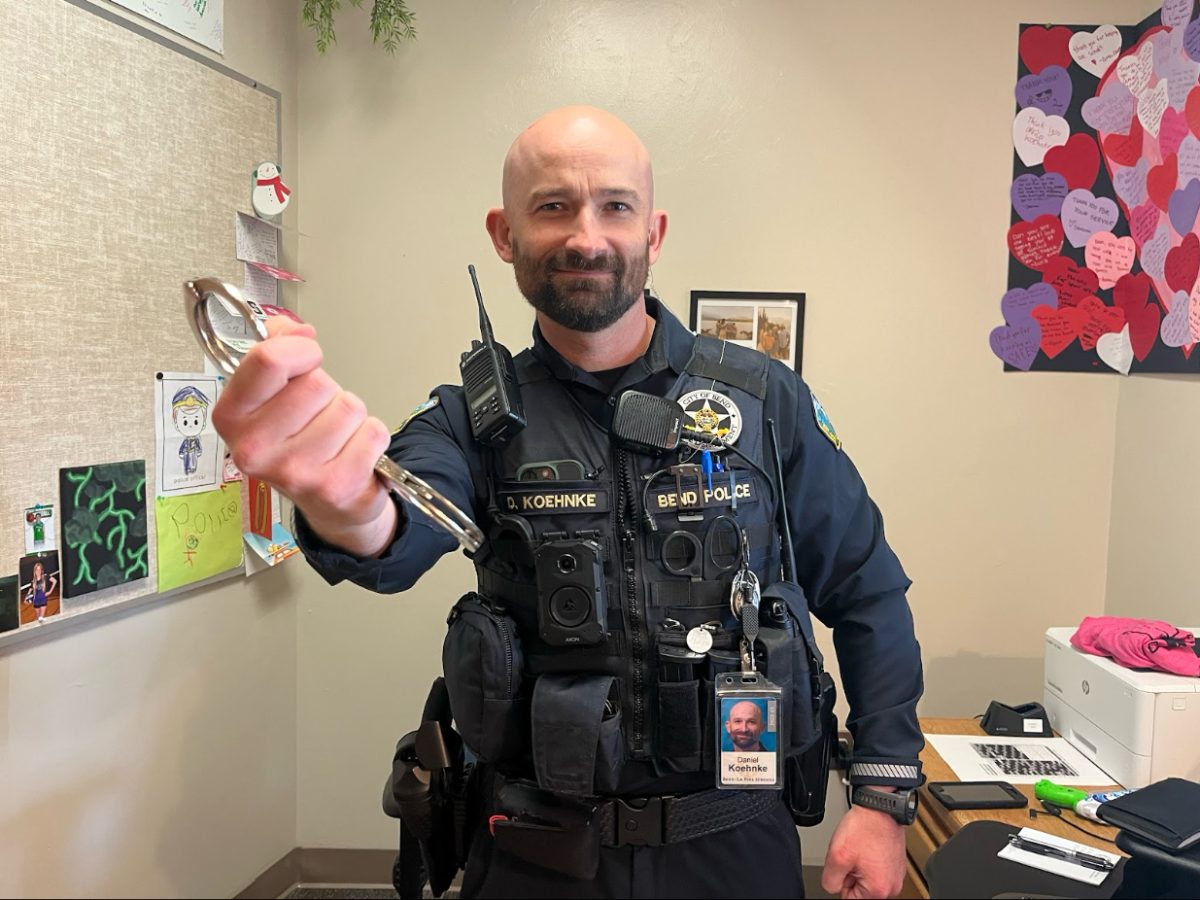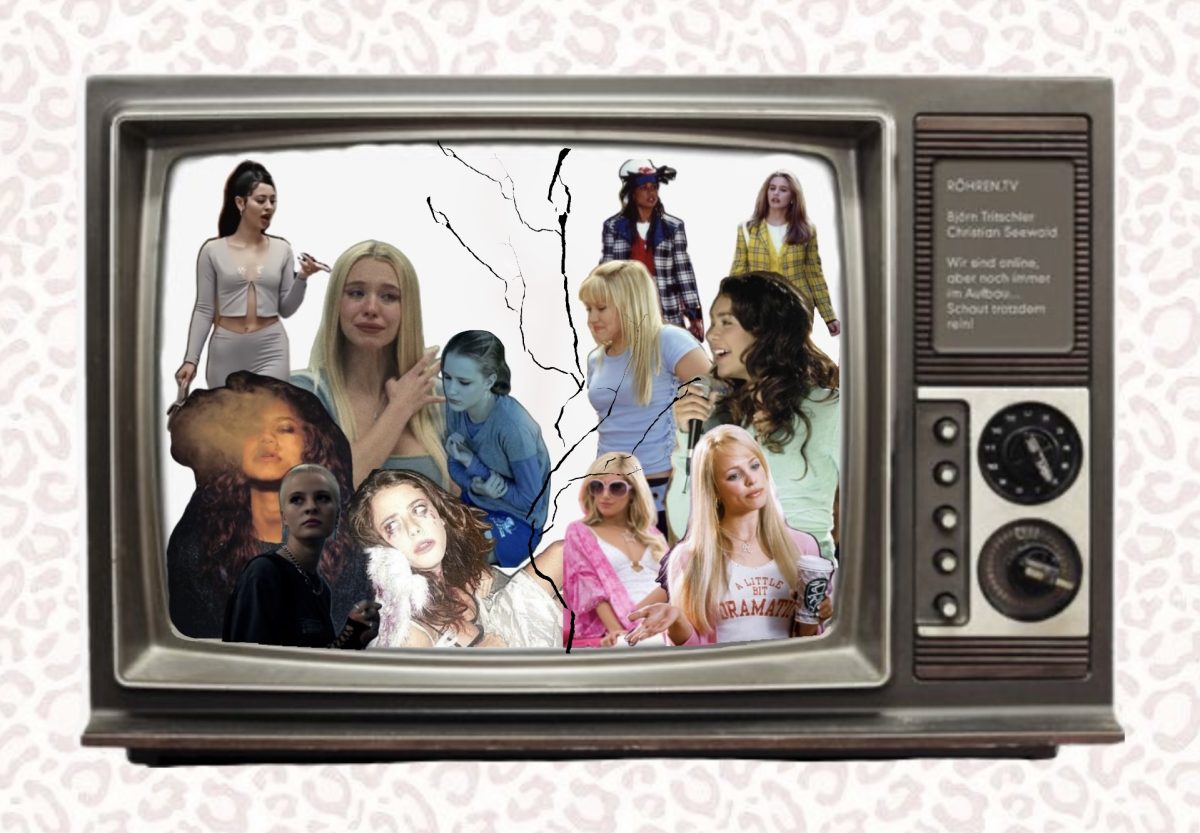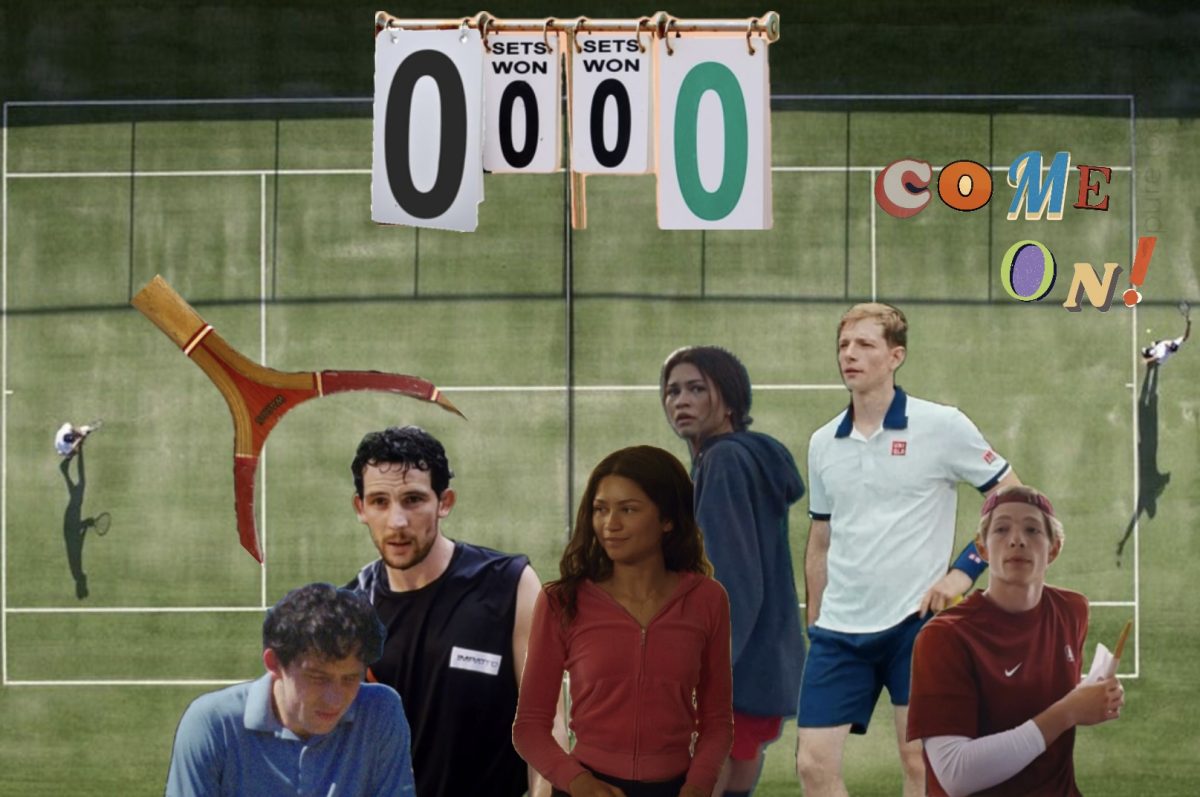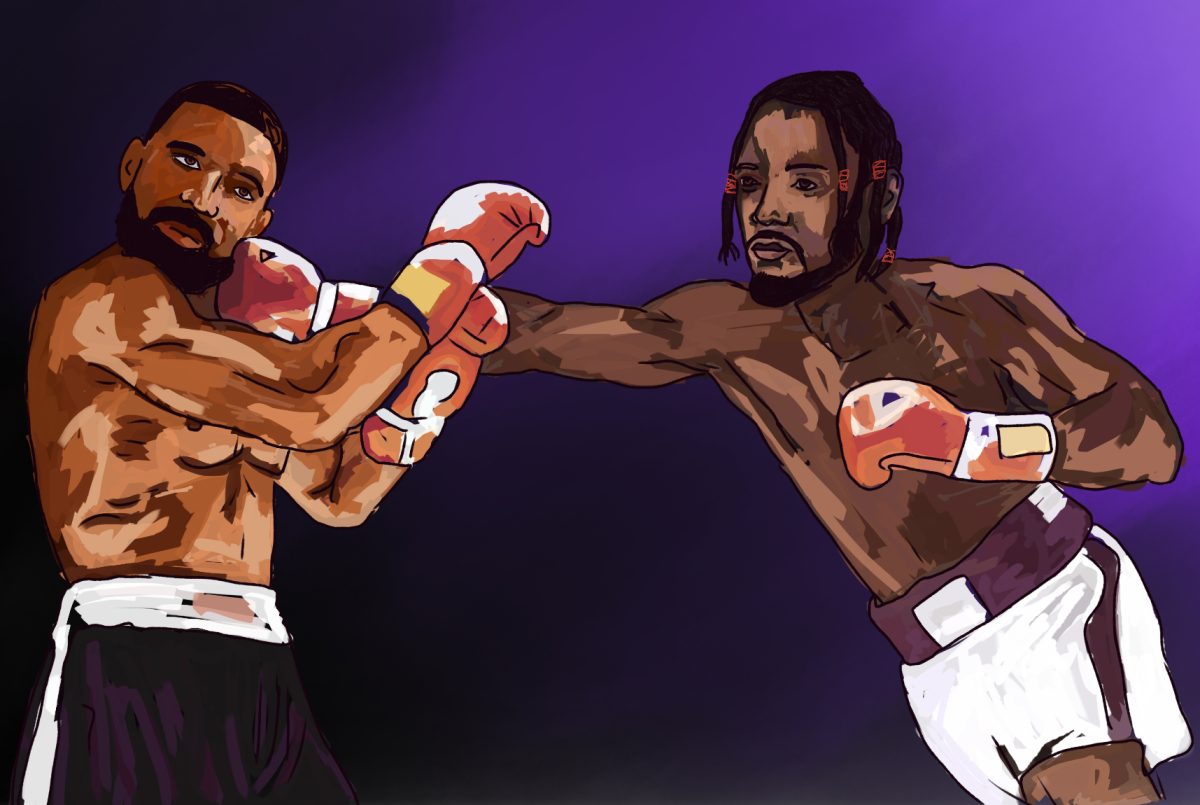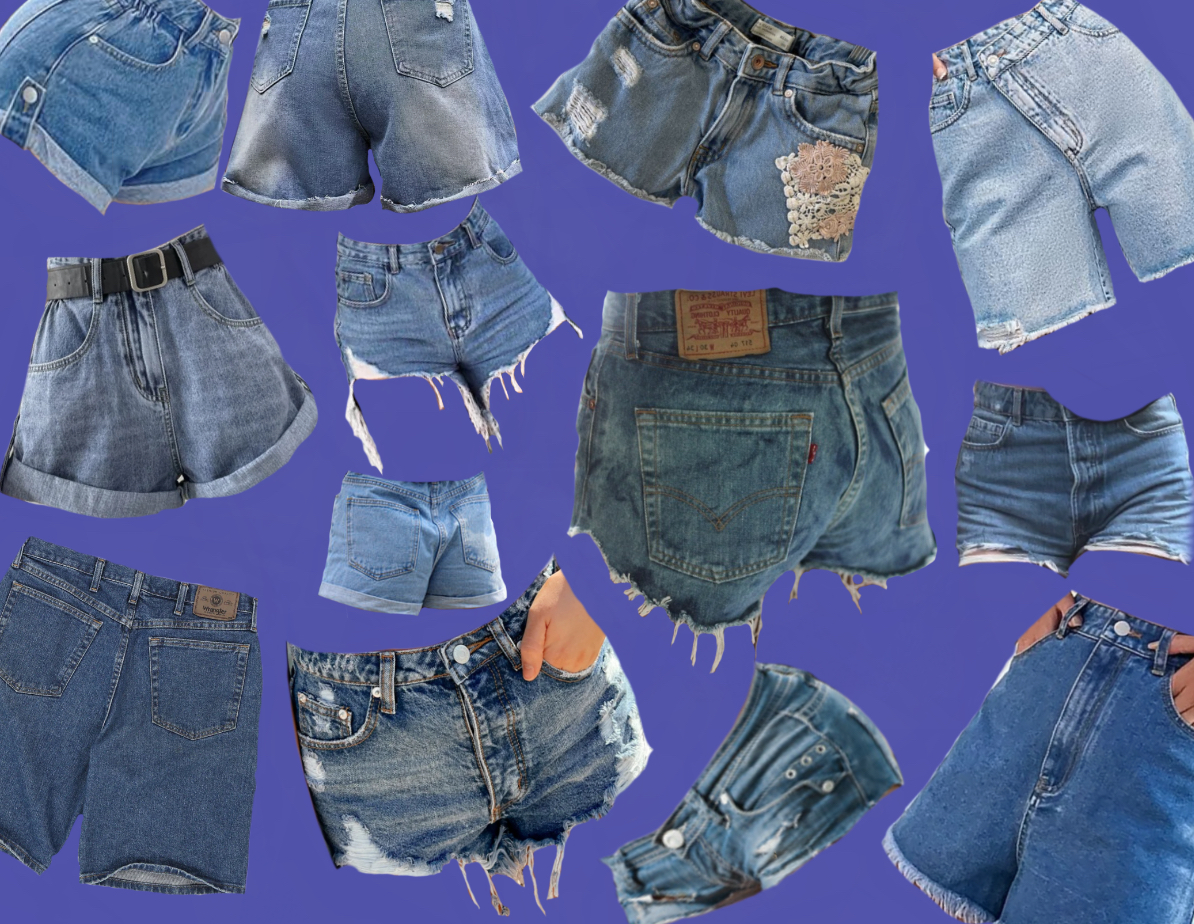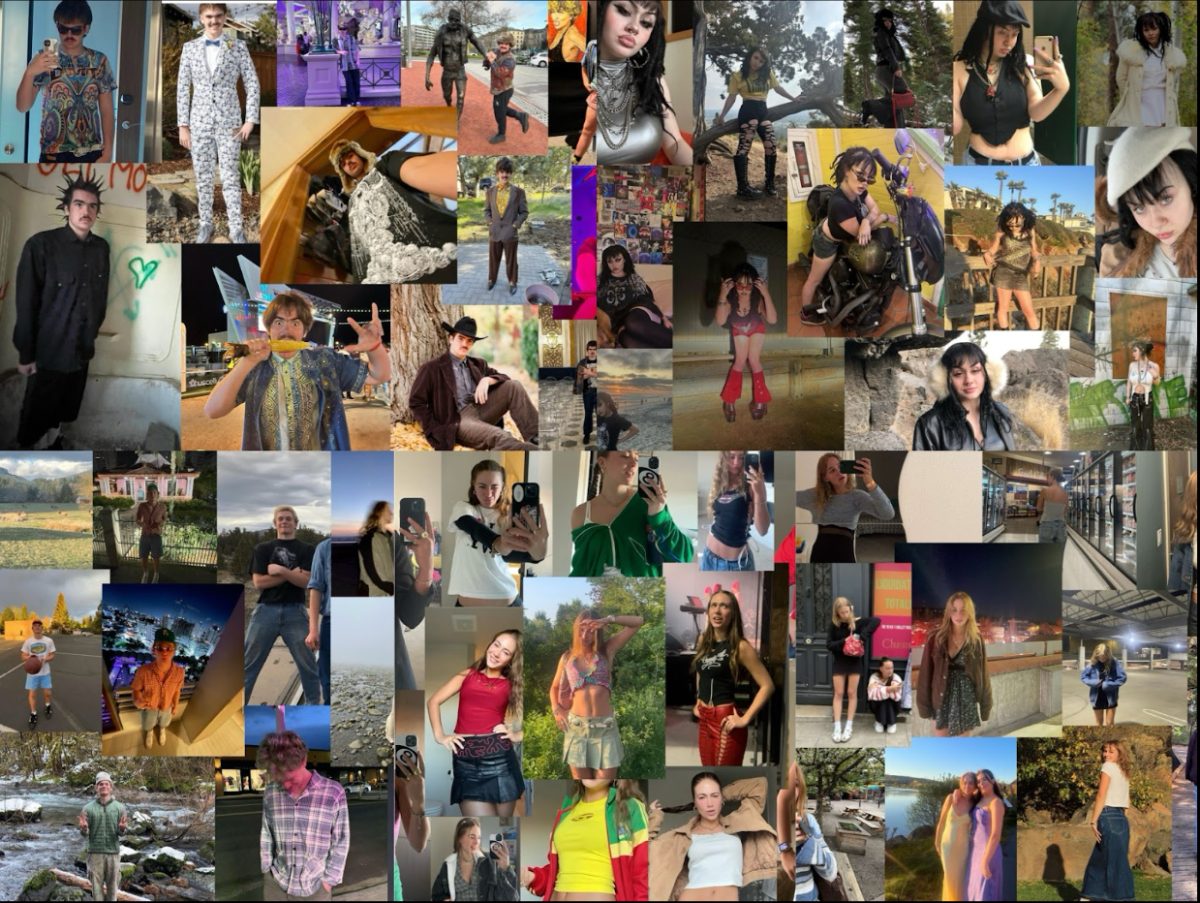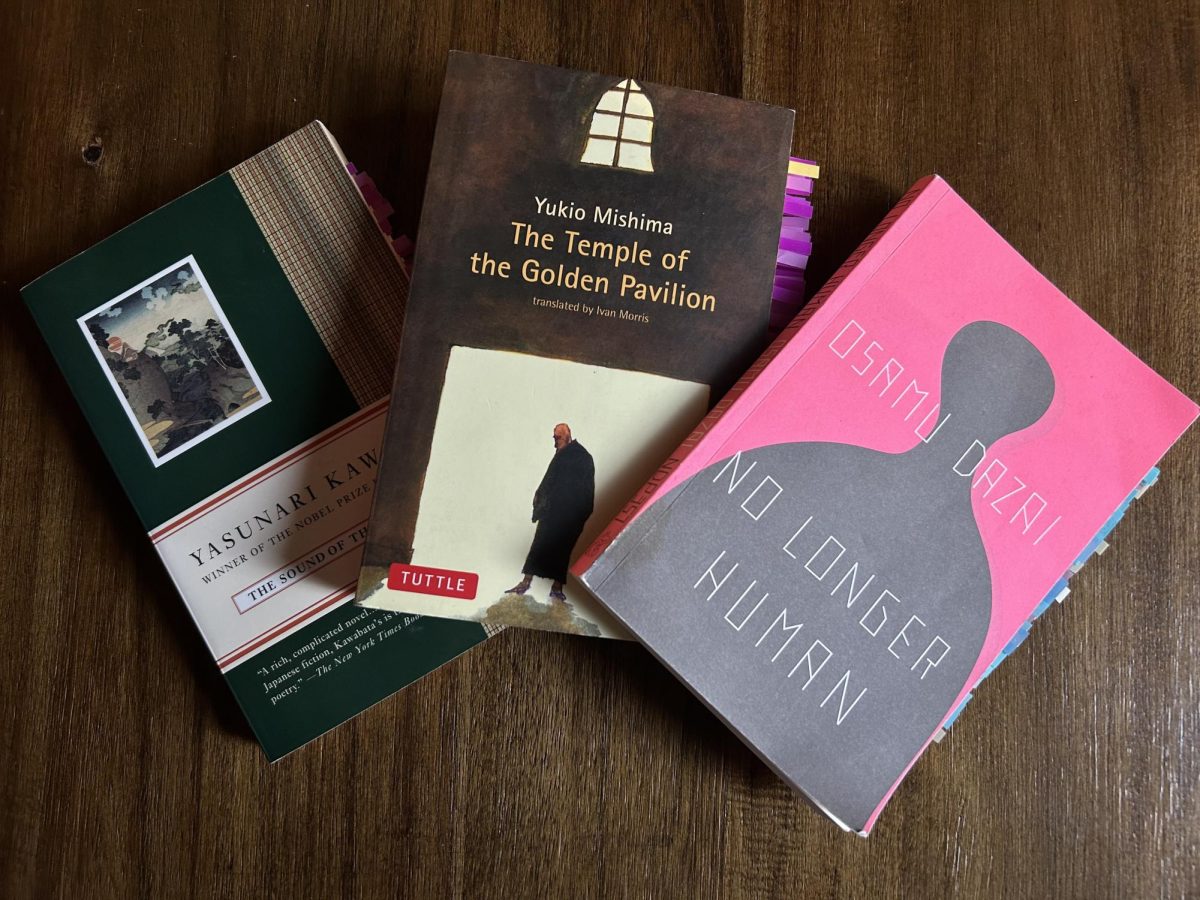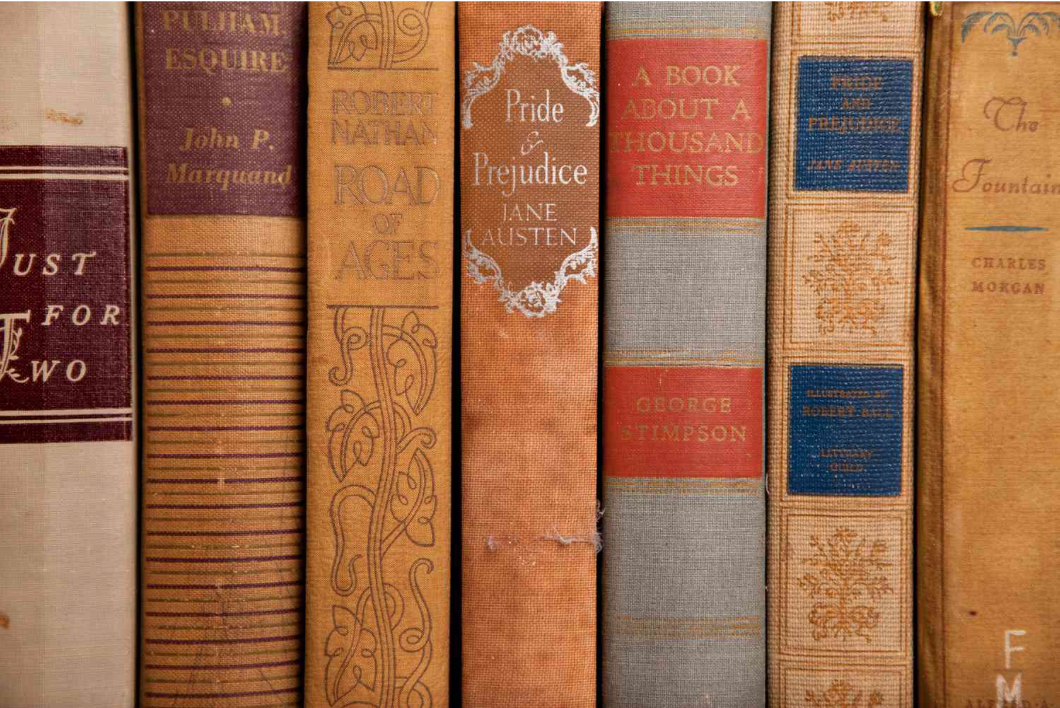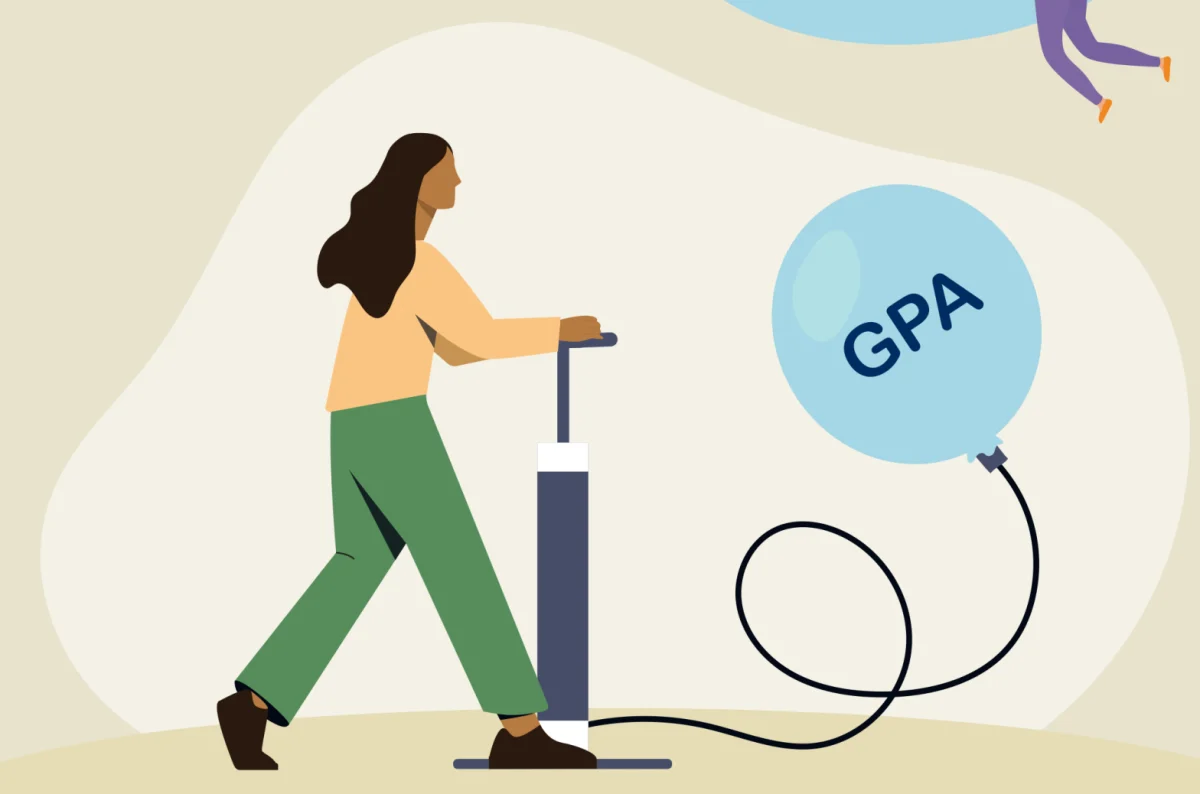As a child, I imagined my future education to be filled with peppy singalongs, clique battles and a conspicuous absence of schoolwork, thanks to movies like “High School Musical” and “Mean Girls.” These glossy films, while entertaining on a surface level, set me up for disappointment. The staple melodrama whirlwind and hallway interactions that hold potential for life-altering revelations are simply unrealistic. In reality, the average high school experience is much less glamorous.
When it comes to teenage portrayal in entertainment, it’s black and white. Commonly, TV shows and movies swing between two extremes. One end of the spectrum has media like “Euphoria” and “Thirteen,” which deal with the complexities of adolescence, exploring aspects like trauma, addiction and identity crises. These shows are distinctly different from the movie “Clueless,” the show “To All The Boys I’ve Loved Before” and essentially any Disney show in existence, which tend to sugarcoat and exaggerate high school experiences.
Recently, a new season of “Heartbreak High” was released on Netflix, adding to the never-ending list of shows that missed the mark of precise teen depiction. The show mentions real struggles like sexual assault, self-sabotage, peer pressure and, of course, heartbreak. However, it counteracts all these positive representations by displaying improbable events like a psychotic student who kills birds as a way of revenge and school clubs with suggestive names.
While shows still require an element of fantasy to add to the overall entertainment value, teens don’t relate to the material.
With these two opposing representations, younger viewers are left with uncertainty and unrealistic expectations about high school. These false assumptions and disappointments that students experience beg the question: why is there an absence of shows that depict the average teenager?
“I haven’t ever seen any shows or movies that I think accurately represent my entire experience as a teen,” said Summit sophomore Skye Knox. “However, once in a while, there will be a scene or short clip in a show or movie which I can relate to.”
Even the most sensationalized shows like “Euphoria” have aspects that are relatable, such as toxic relationships, discovering one’s identity, and the need to grow up too quickly. However, these can be overshadowed by dramatization.
Although aspects of the movies may resonate with viewers, the pivotal parts of growing up are glossed over in the process. It’s crucial for media creators to recognize the importance of representing the full spectrum of teenage experiences. By showcasing the ordinary, everyday lives of teenagers, they can help dispel harmful stereotypes and provide more relatable content for audiences. Showing more common events like parental interactions, school stress, and managing time between extracurricular and personal interests, people feel validated in their own lives.
Without accurate depictions, teens can feel a distorted perception of reality. The pressure to conform to these unrealistic standards set by shows can contribute to feelings of inadequacy and isolation among those who don’t fit the mold of the “cool kid” or the “troubled rebel.”
“While some people fall into these categories more than others, they’re not an accurate representation,” said Summit sophomore Eva Diachary, adding that, “everybody has different things that they do and different abilities and different personality traits that cannot be fully represented by these stereotypes.”
What about the students who simply attend class, participate in extracurricular activities and occasionally deal with everyday teenage struggles? What about those who experience neurodiversity, chronic illness, financial struggles, body image issues, struggles with cultural identity, or non-heteronormative identities? Where are their authentic and not polished stories in the mainstream media? By neglecting to represent these individuals, the media perpetuates the myth that high school is either a happy paradise or a nightmarish hellscape, with no middle ground.
In a world where teenage experiences are often oversimplified or exaggerated for entertainment value, it’s essential to acknowledge the diversity and complexity of adolescence. By including more authentic portrayals of average high schoolers in movies and shows, we can create a more inclusive media landscape that reflects the reality of teenage life and helps young viewers feel seen and understood.
While some people may resonate with aspects of these extreme media representations, no person’s life is always glamorous or always grim, a majority find themselves in the gray area in between. However, the underrepresentation in this area can cause self-esteem issues or a sense of inadequacy in teens.
According to Paramount Insights, 59 percent of people who feel poorly represented say that it makes them feel unimportant, ignored, or disappointed. A further 41 percent said this feeling of alienation affects their self-esteem and confidence, 40 percent their sense of belonging and 34 percent their opportunities in life.
Clearly, this issue is bigger than teens just not feeling seen. It can have long-term effects on their self-image which can be detrimental to young adults. However, the solution to this problem is simple.
“I think it would be a good idea to have teens in the script or screenwriting process so [interactions and dialogue] come off in the right way,” said Knox. “It’s always nice to be able to watch something that you can fully relate to.”


